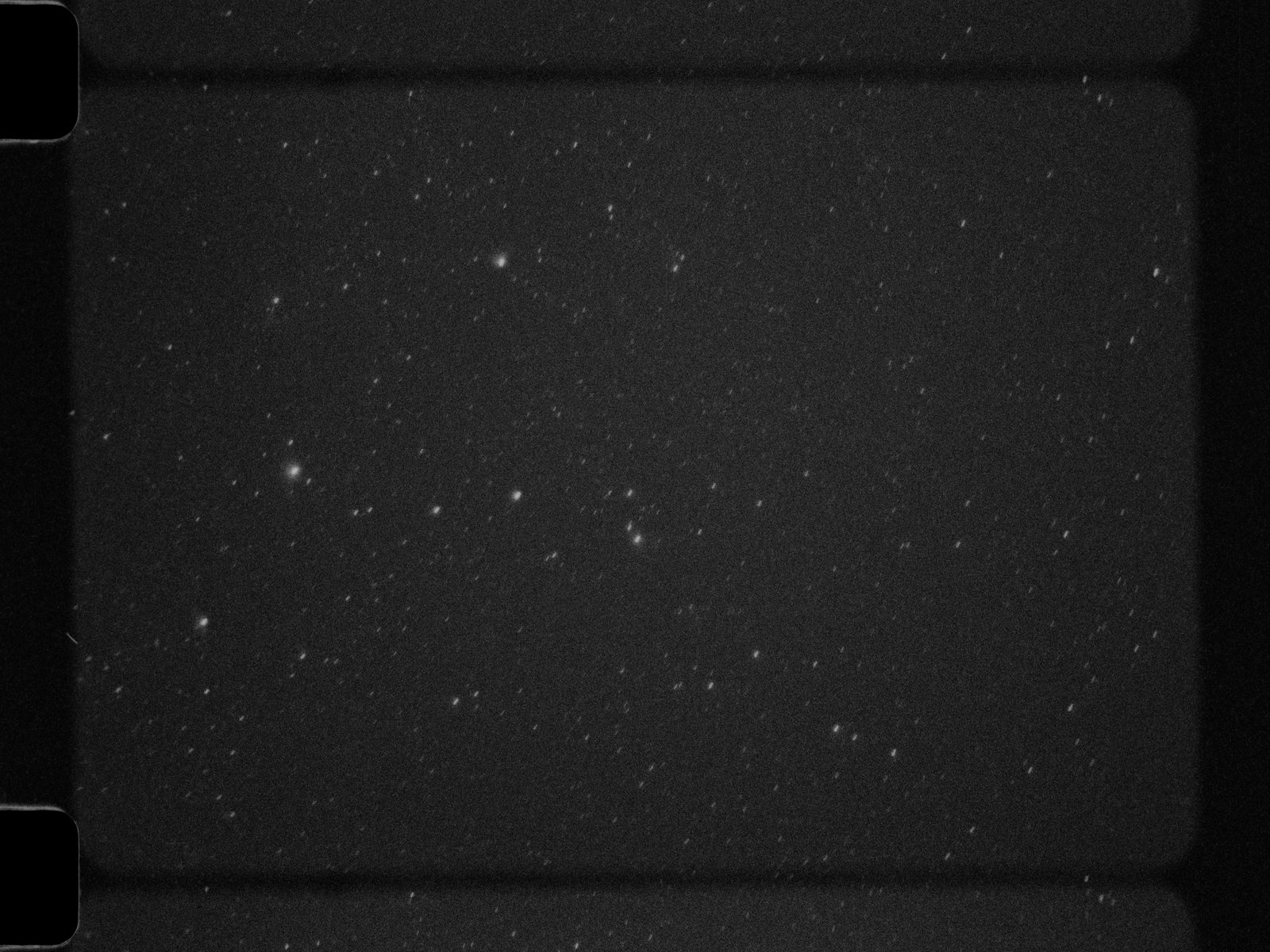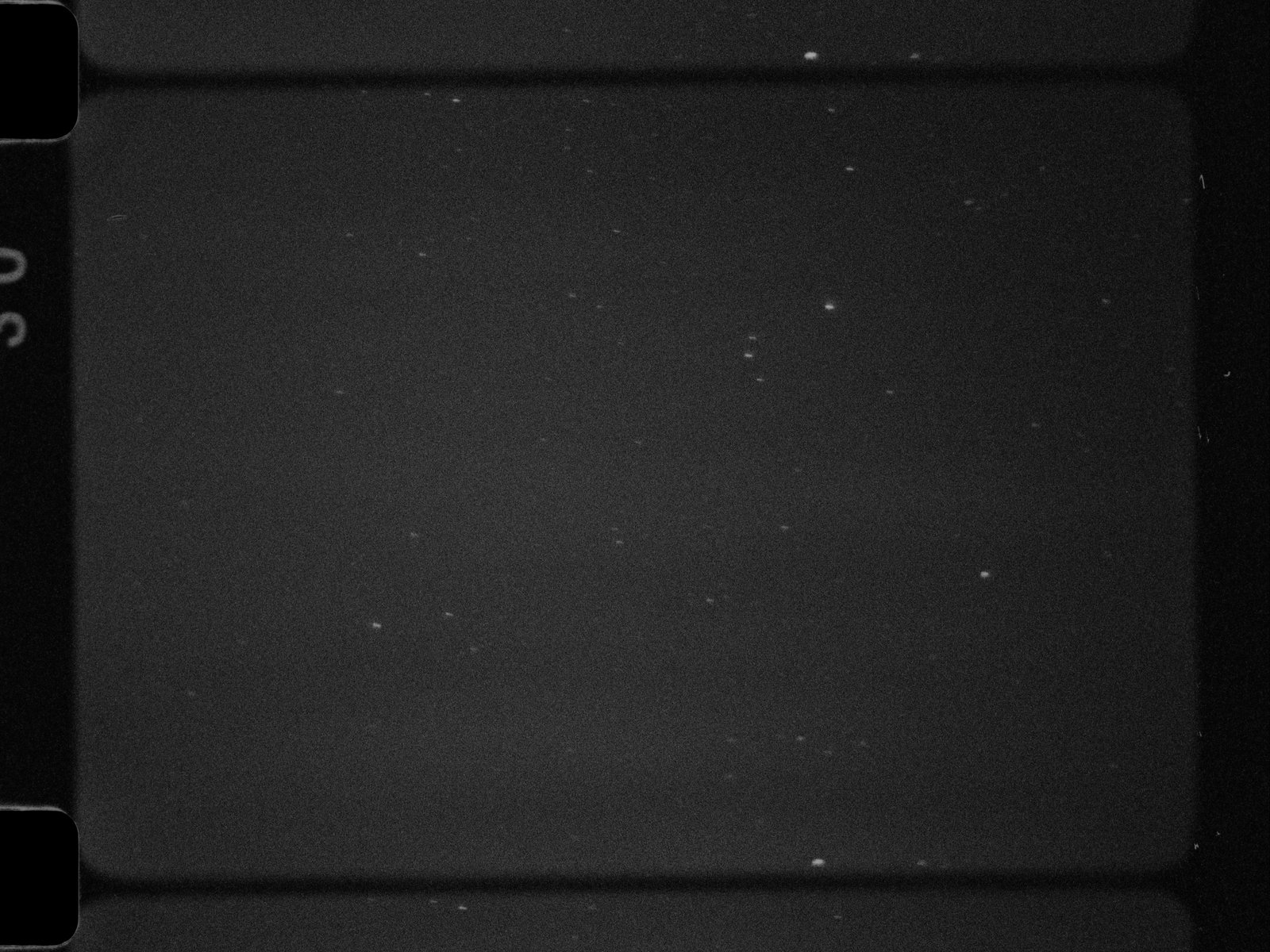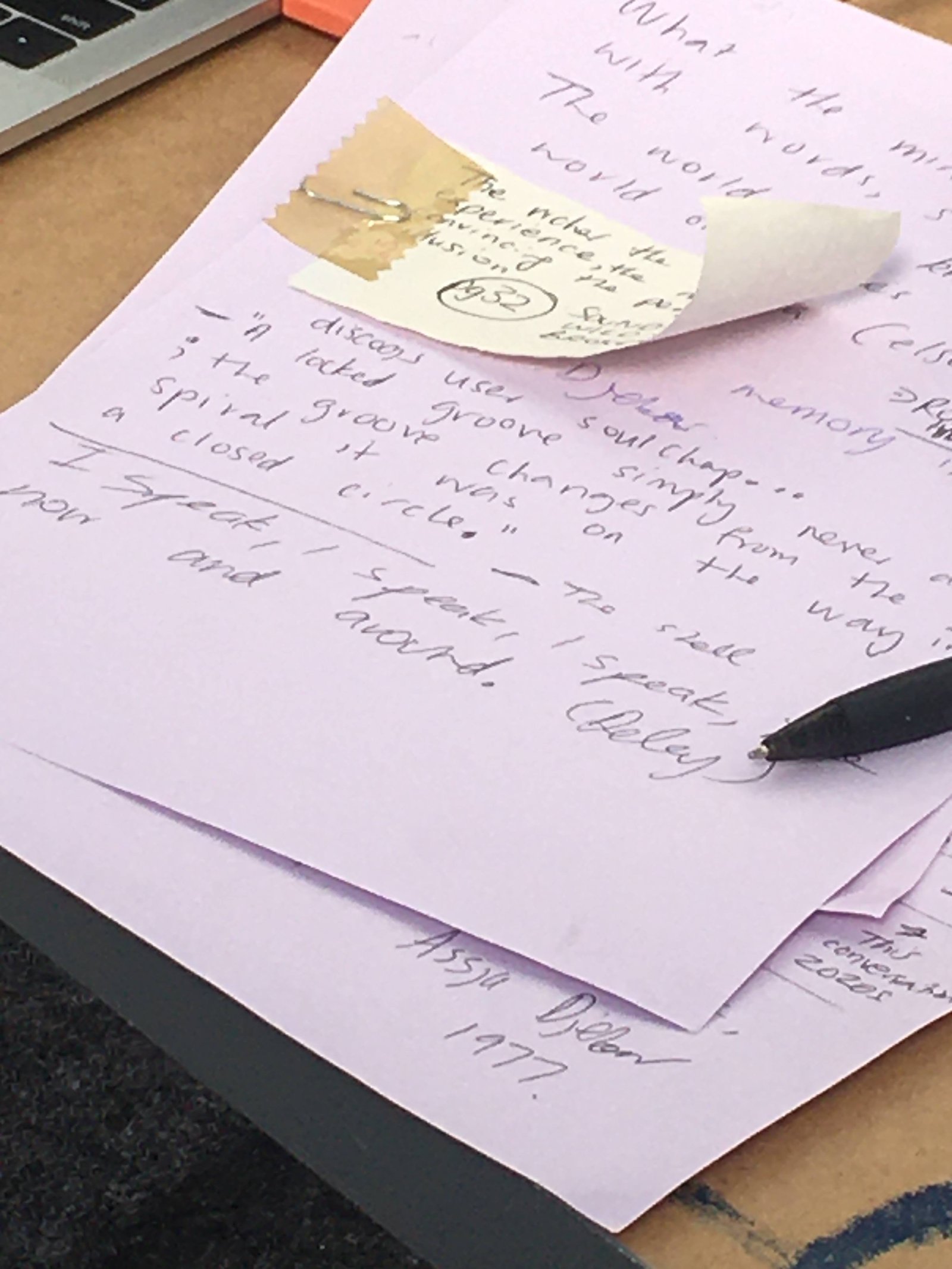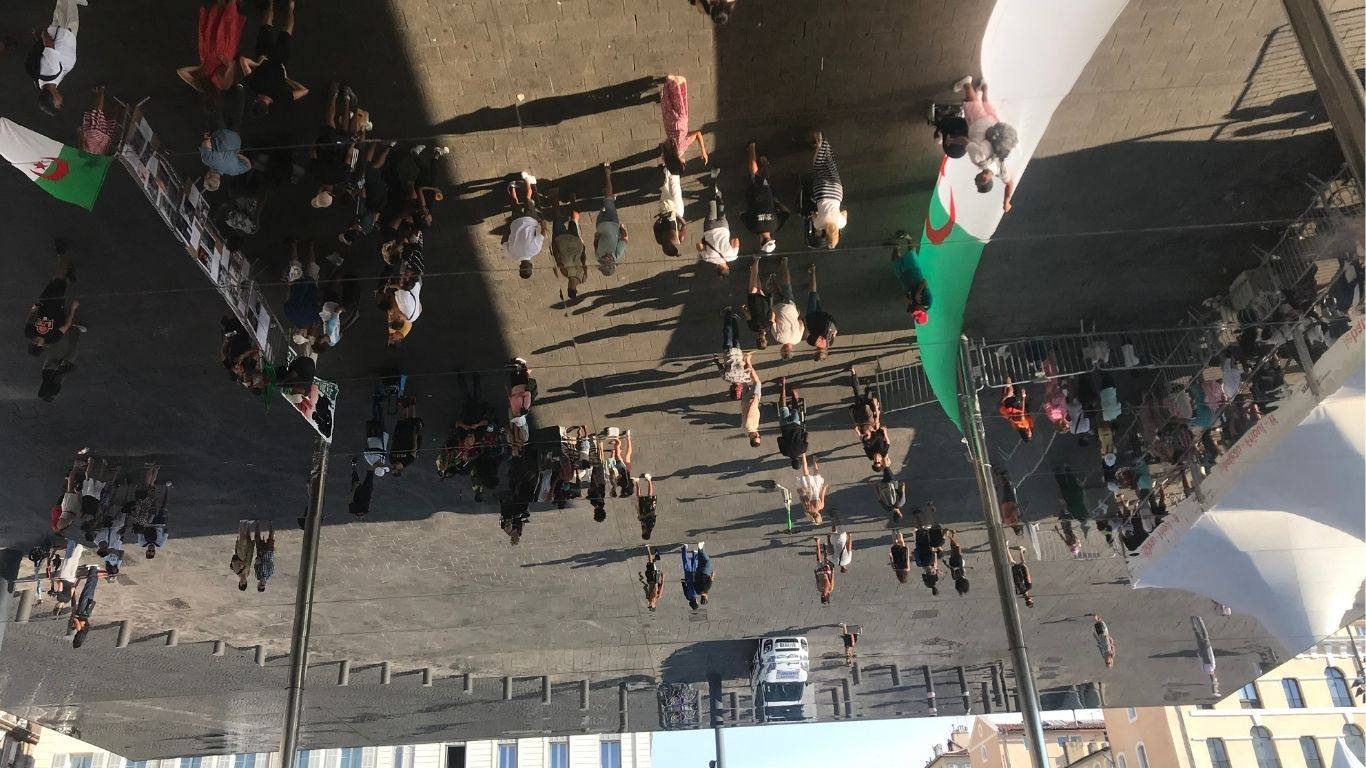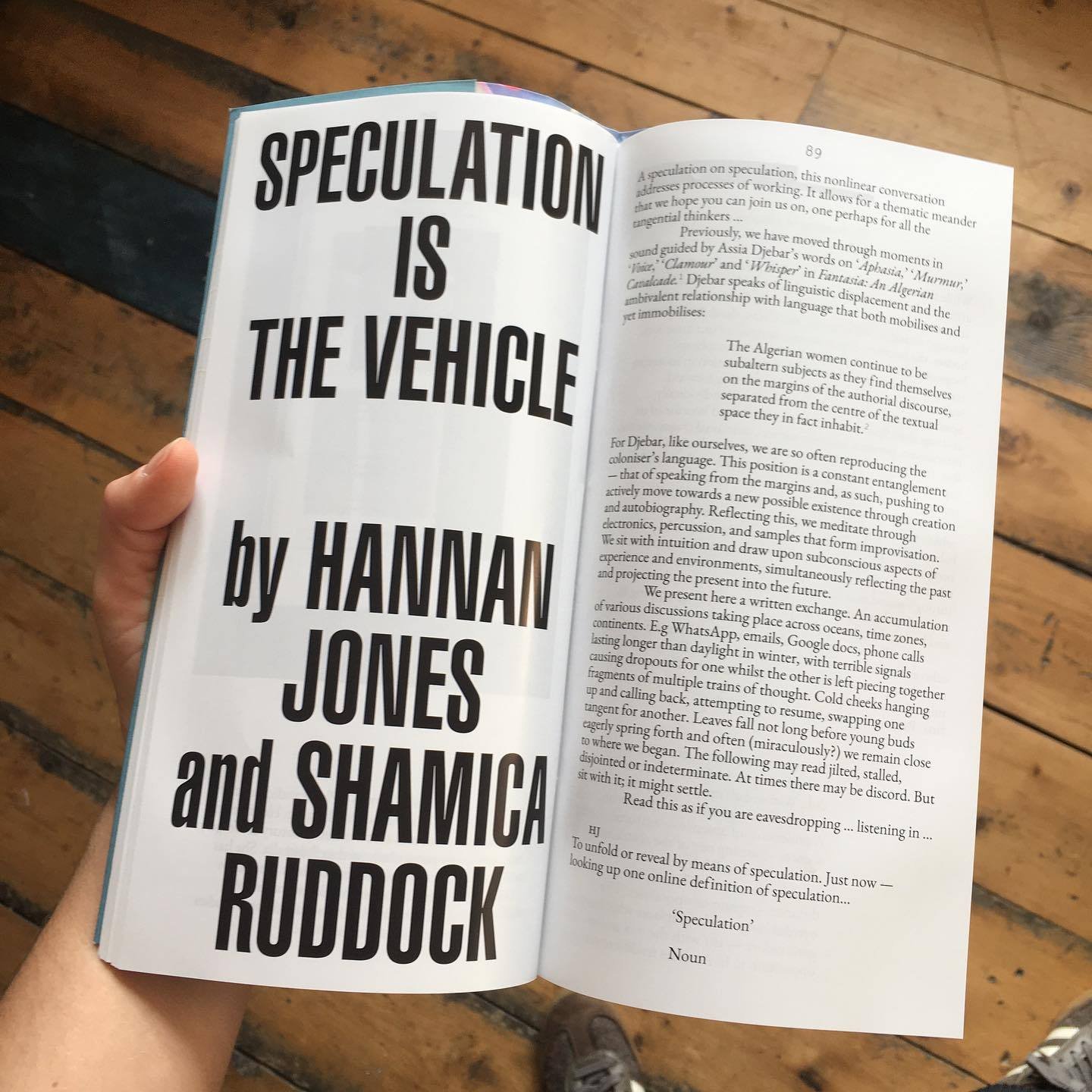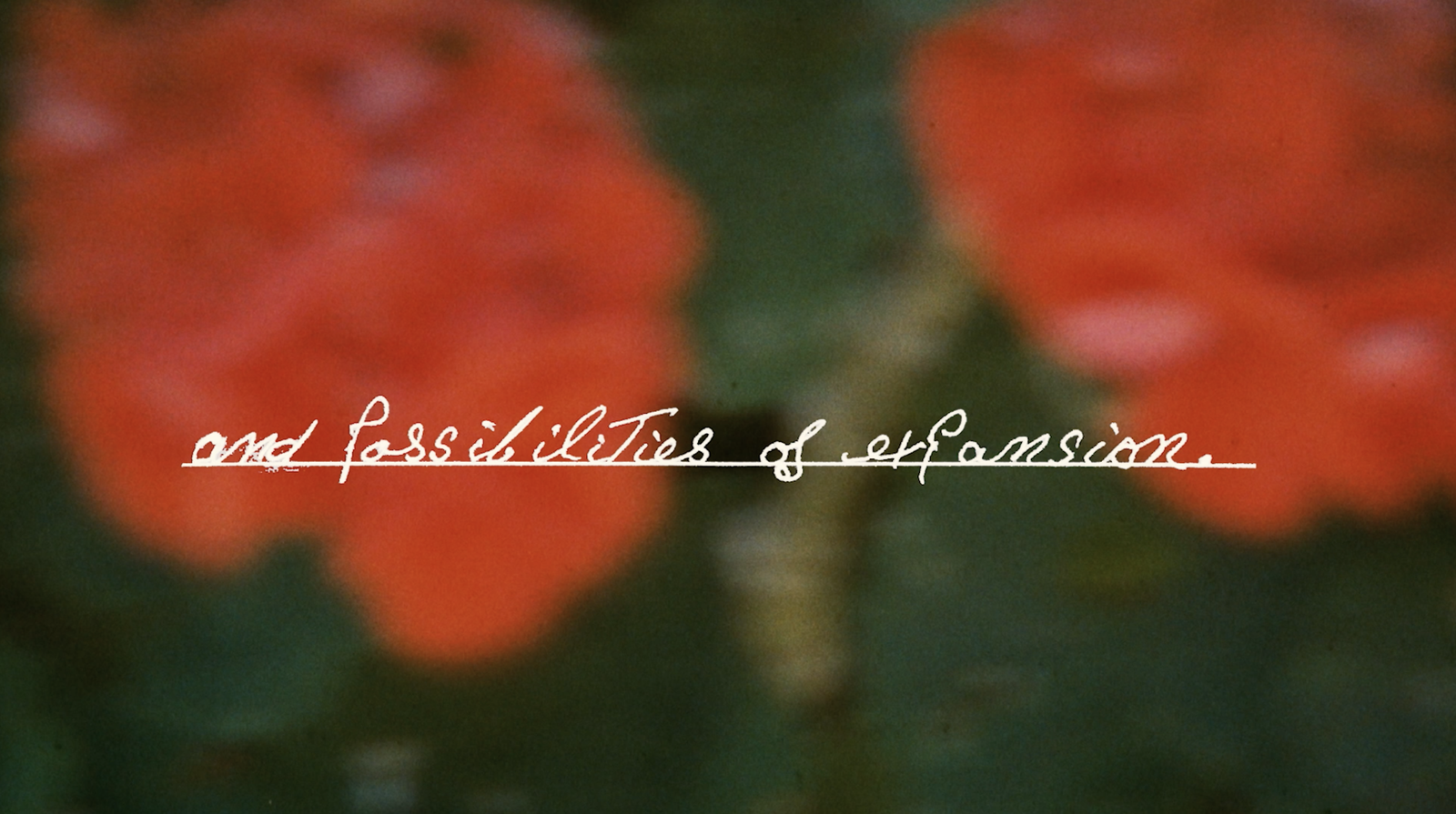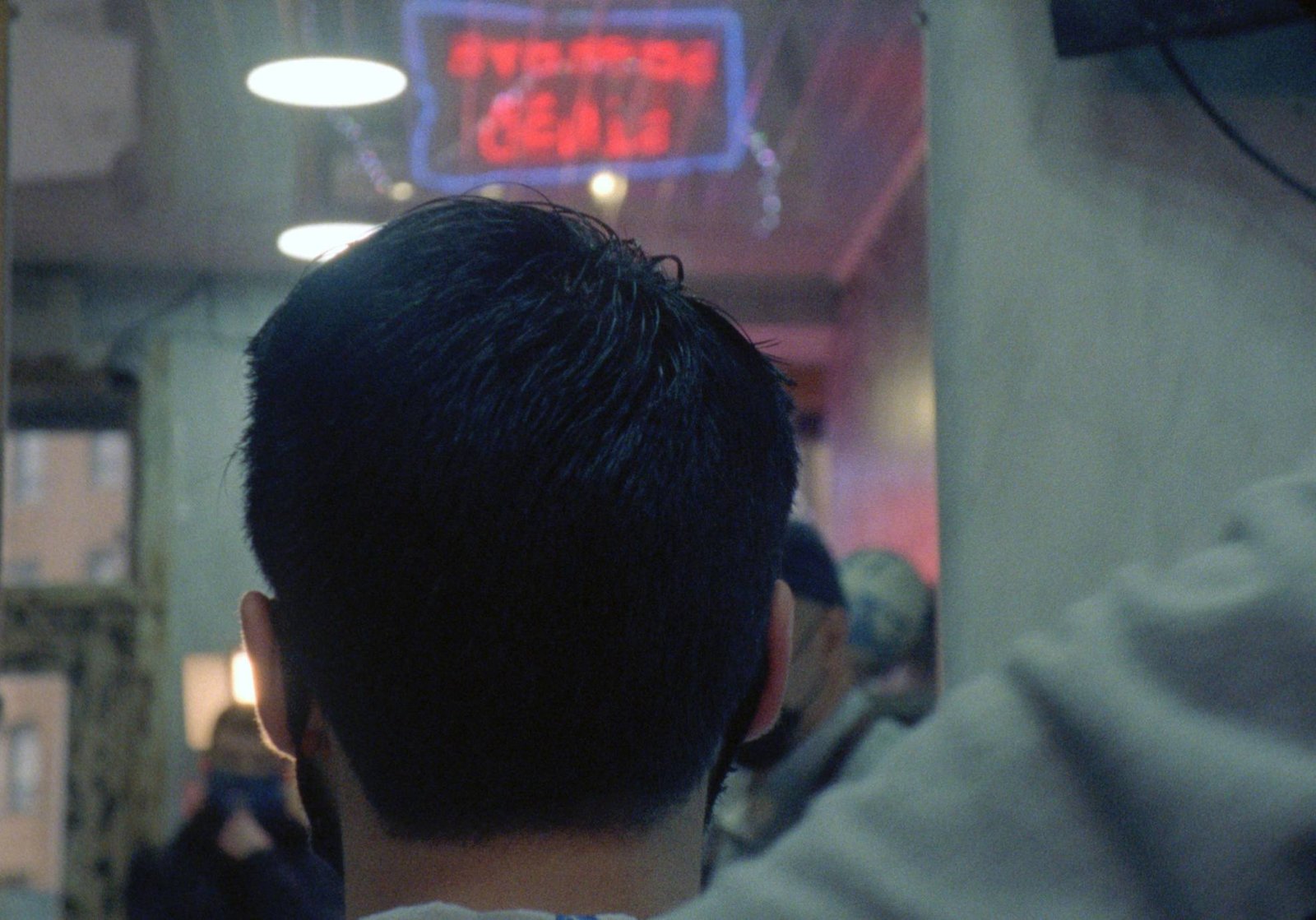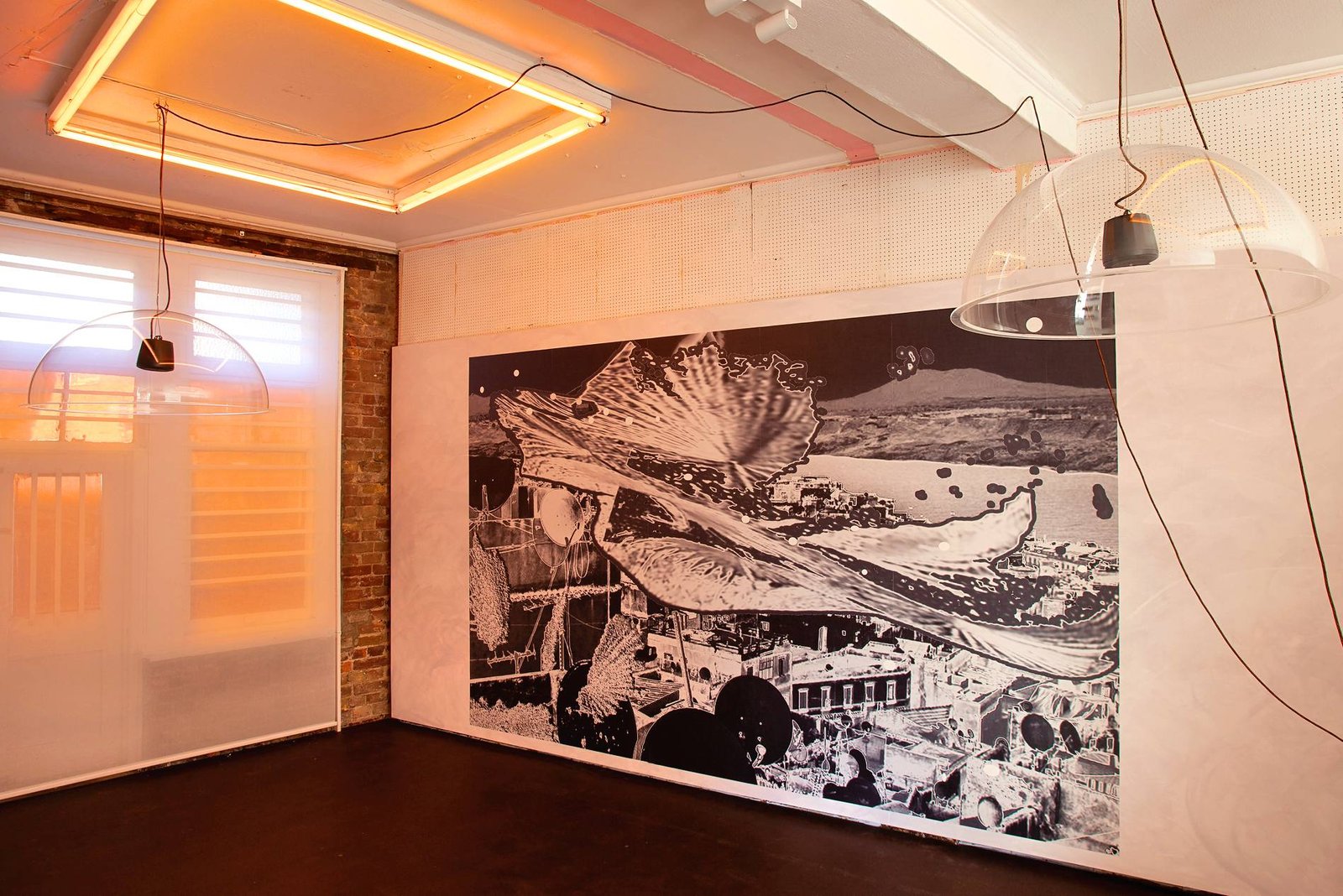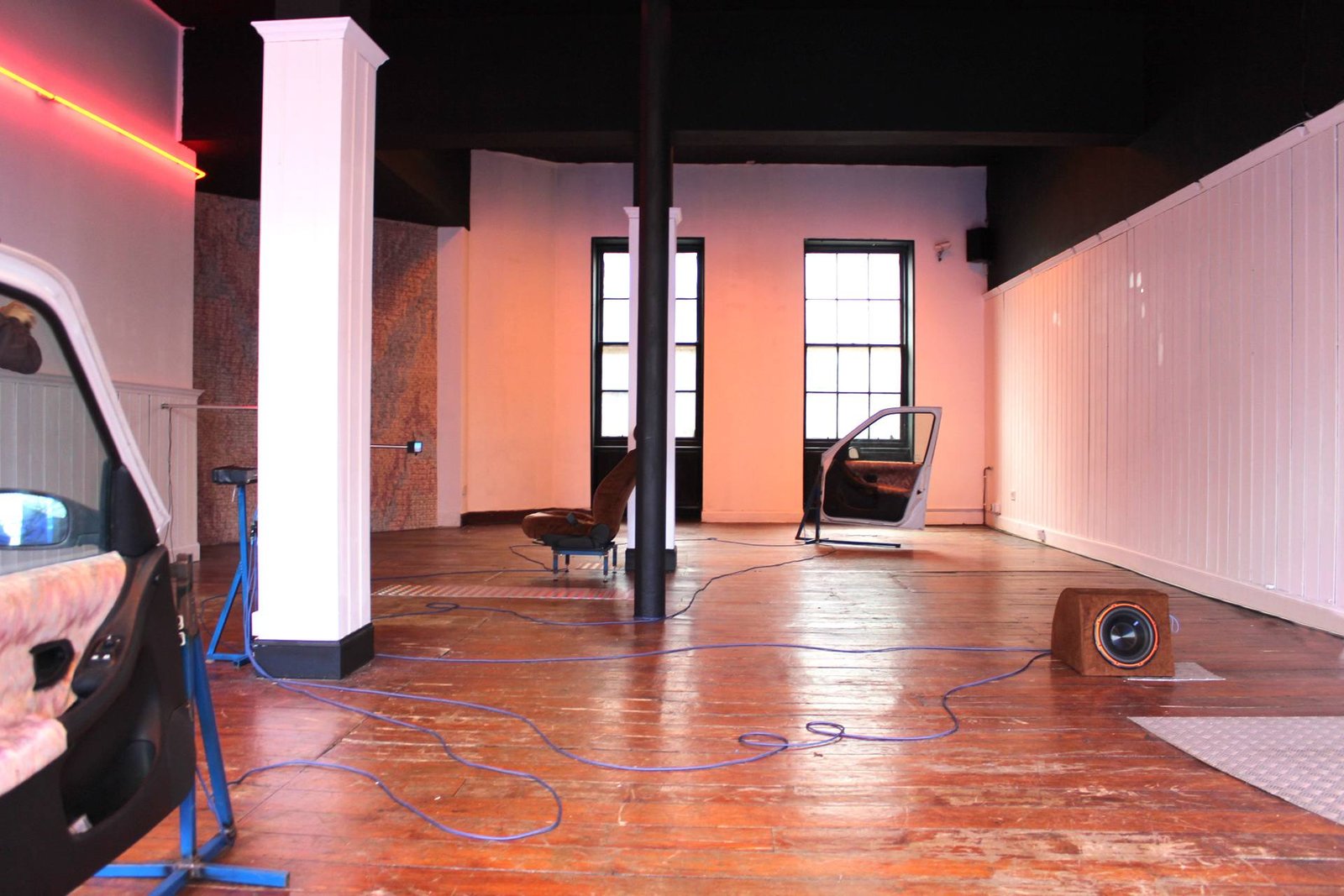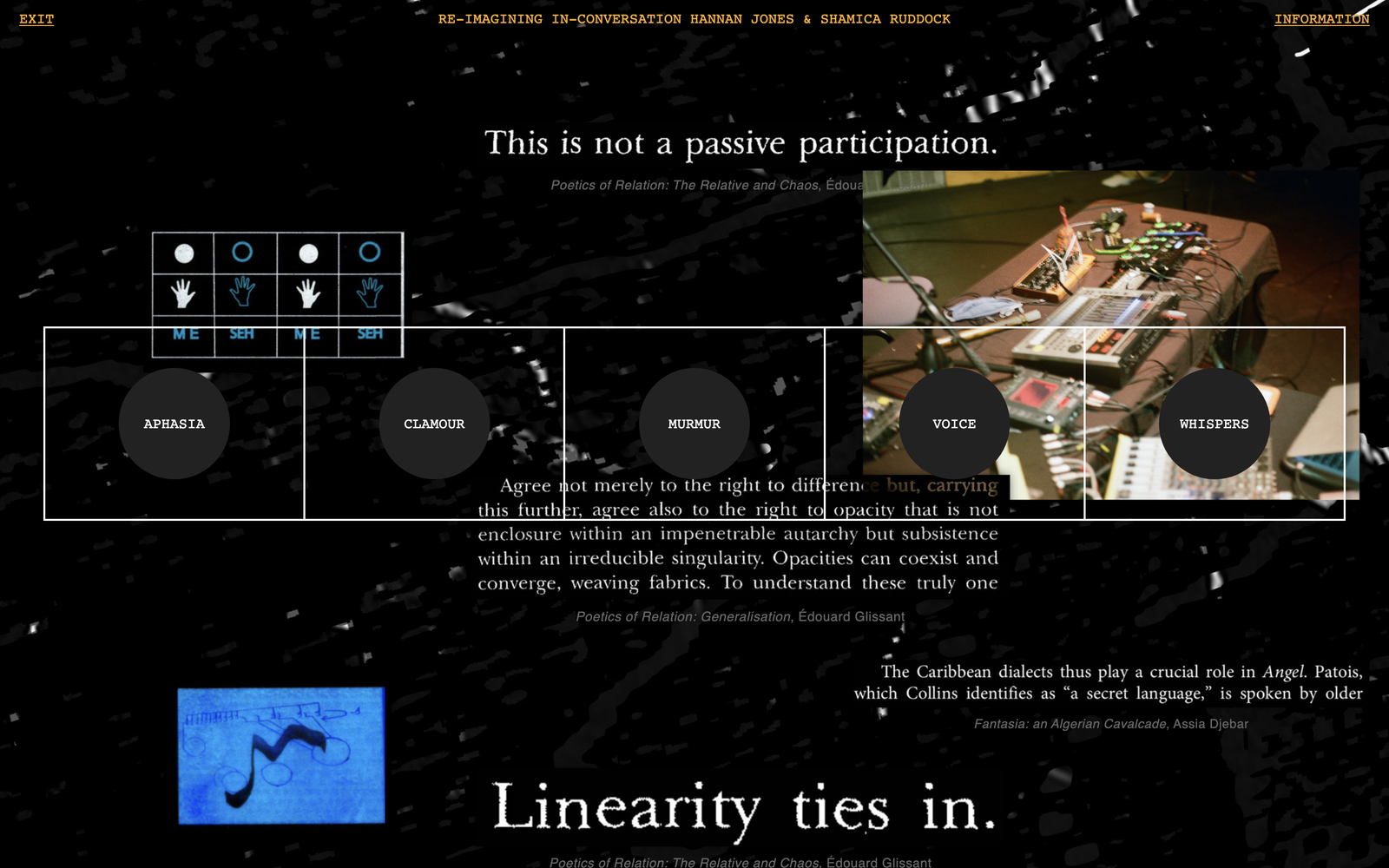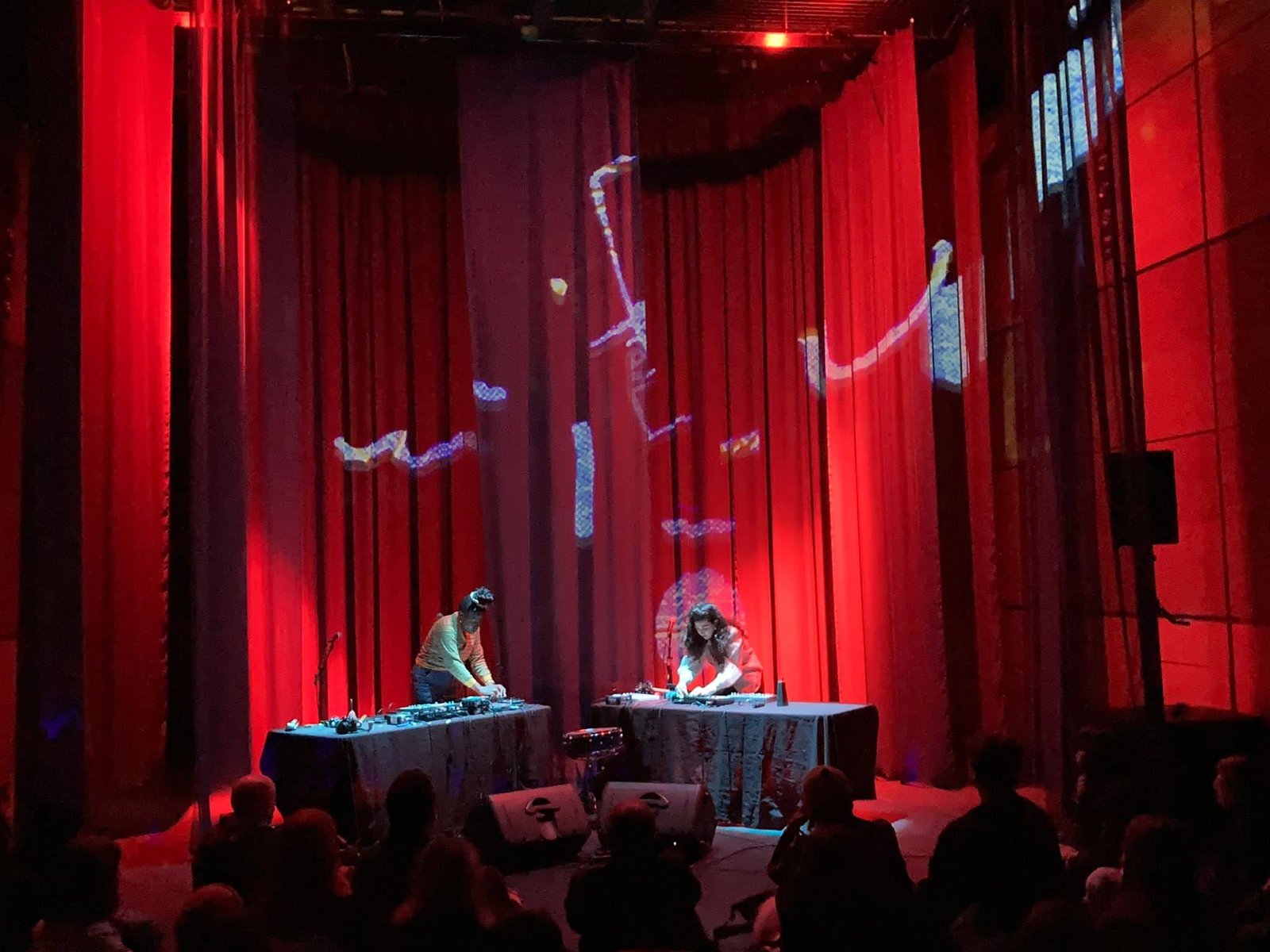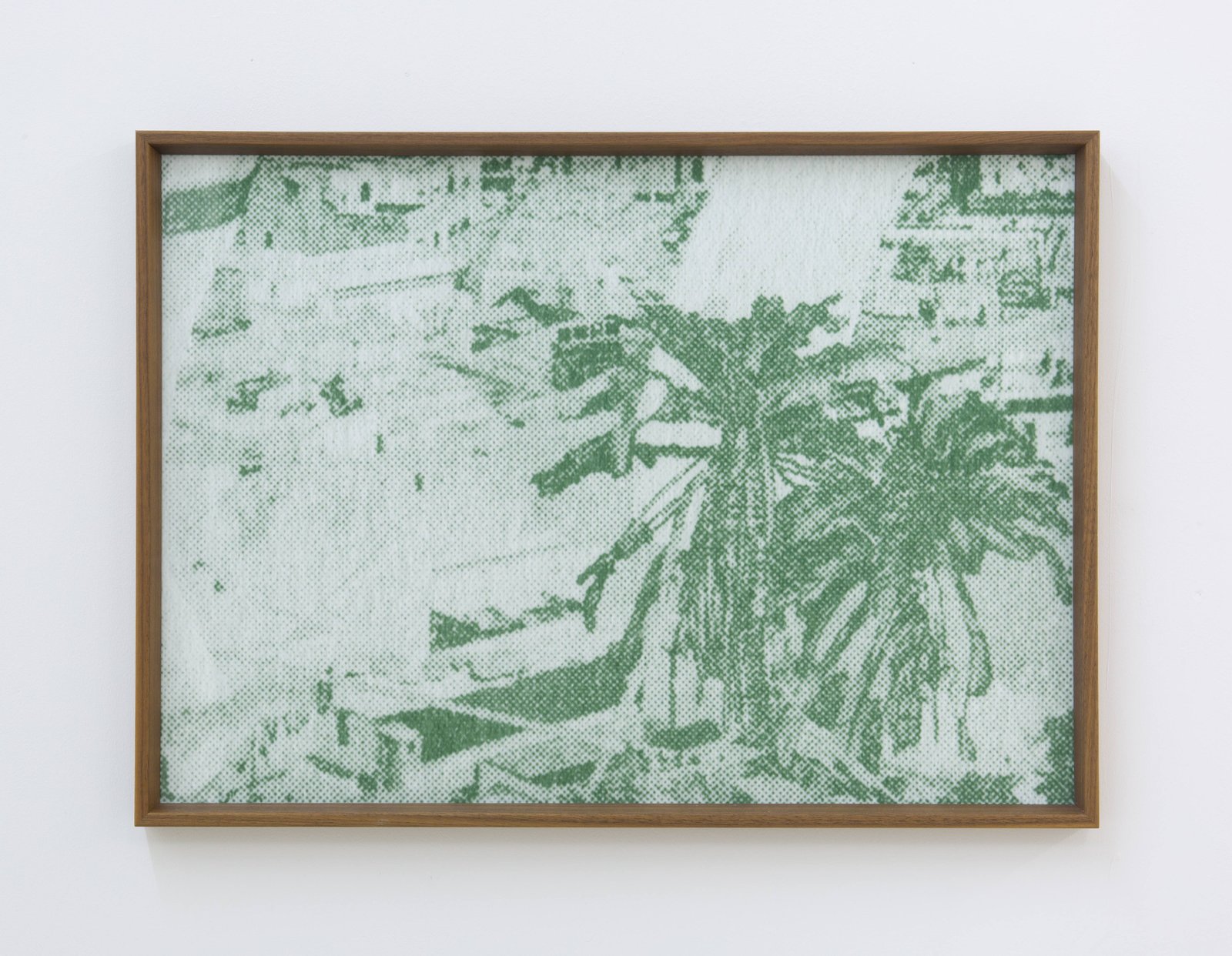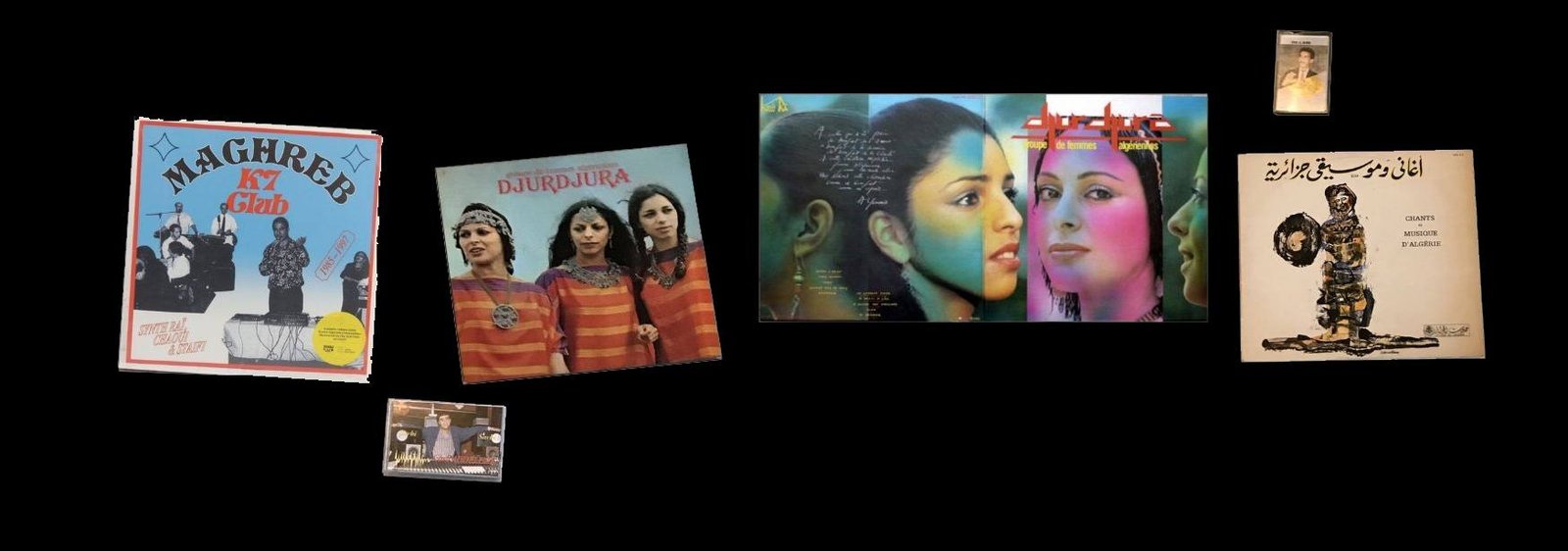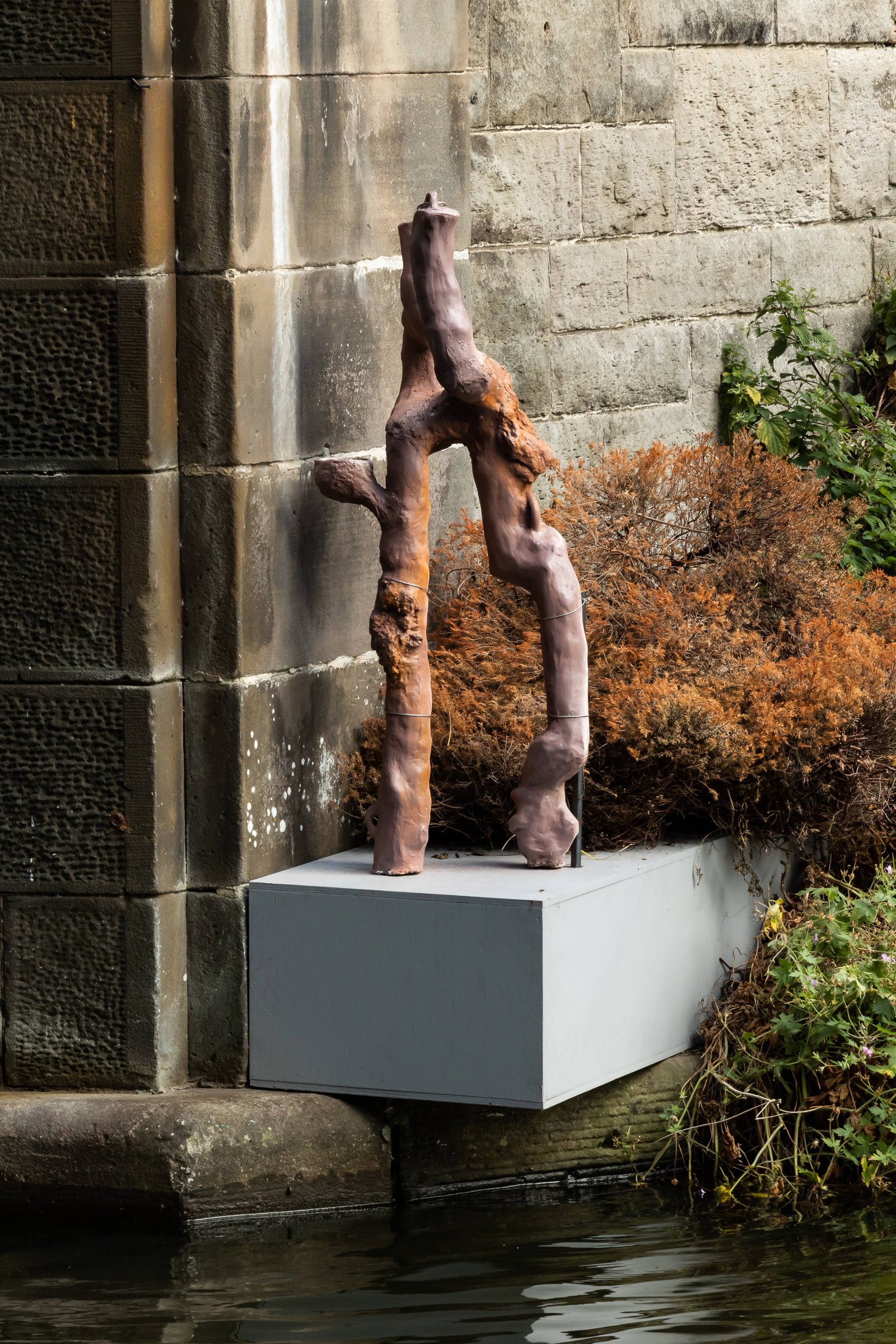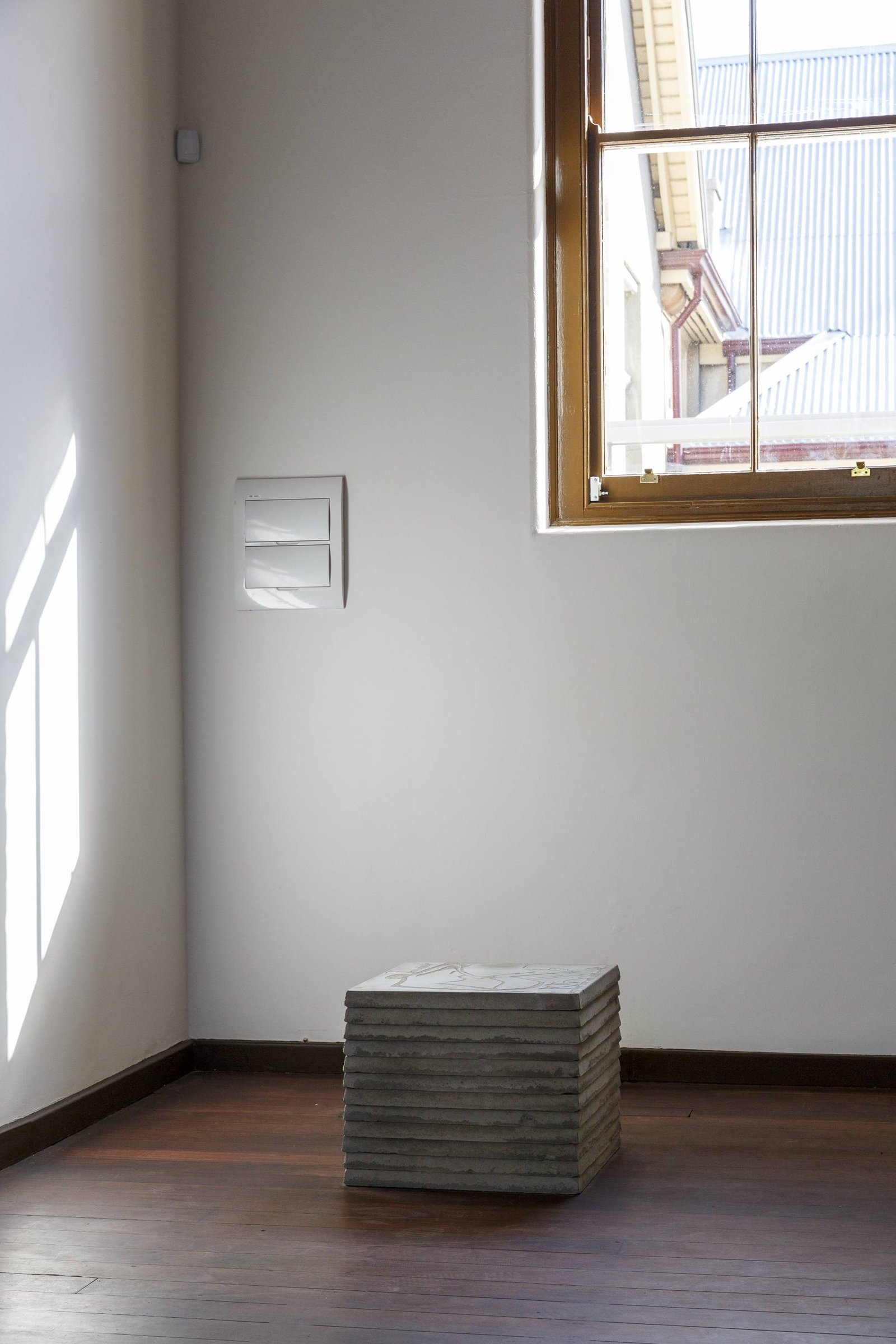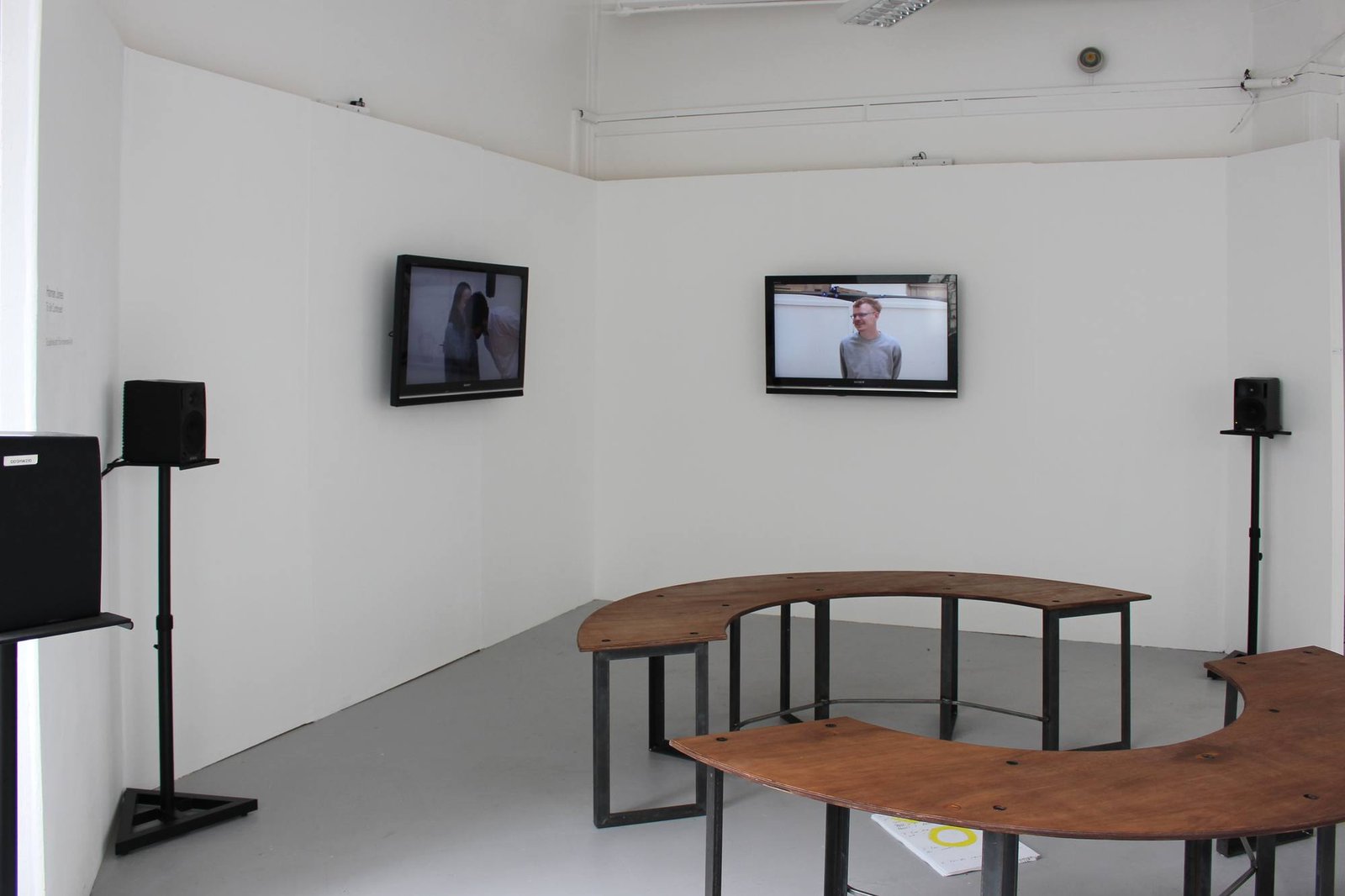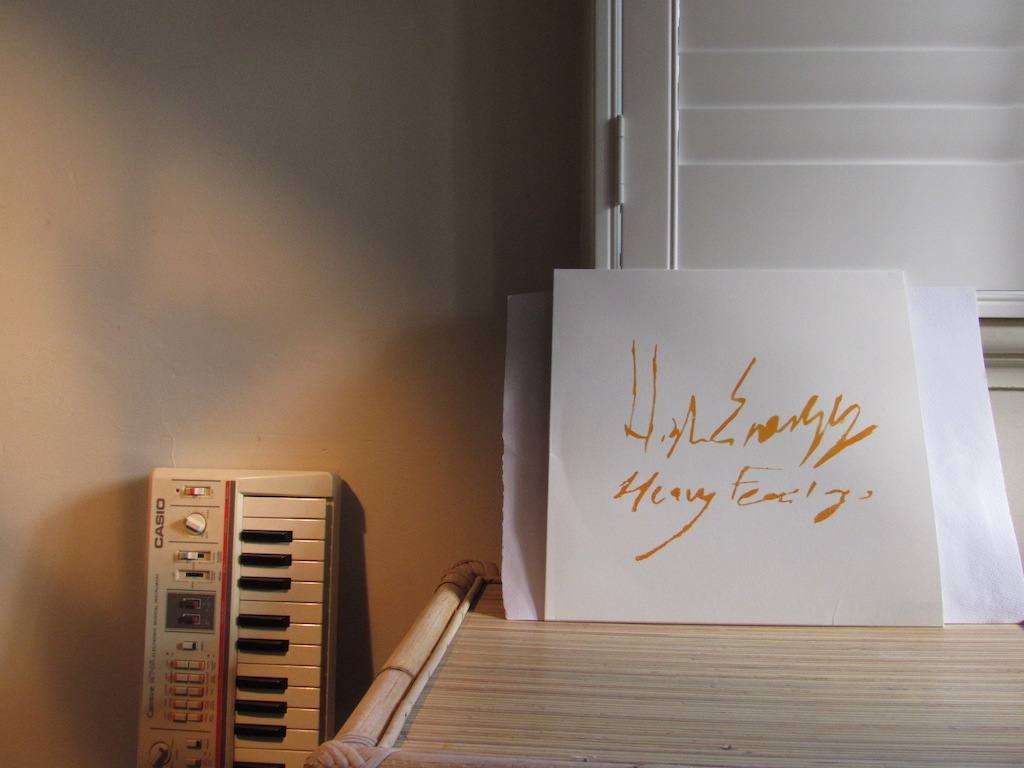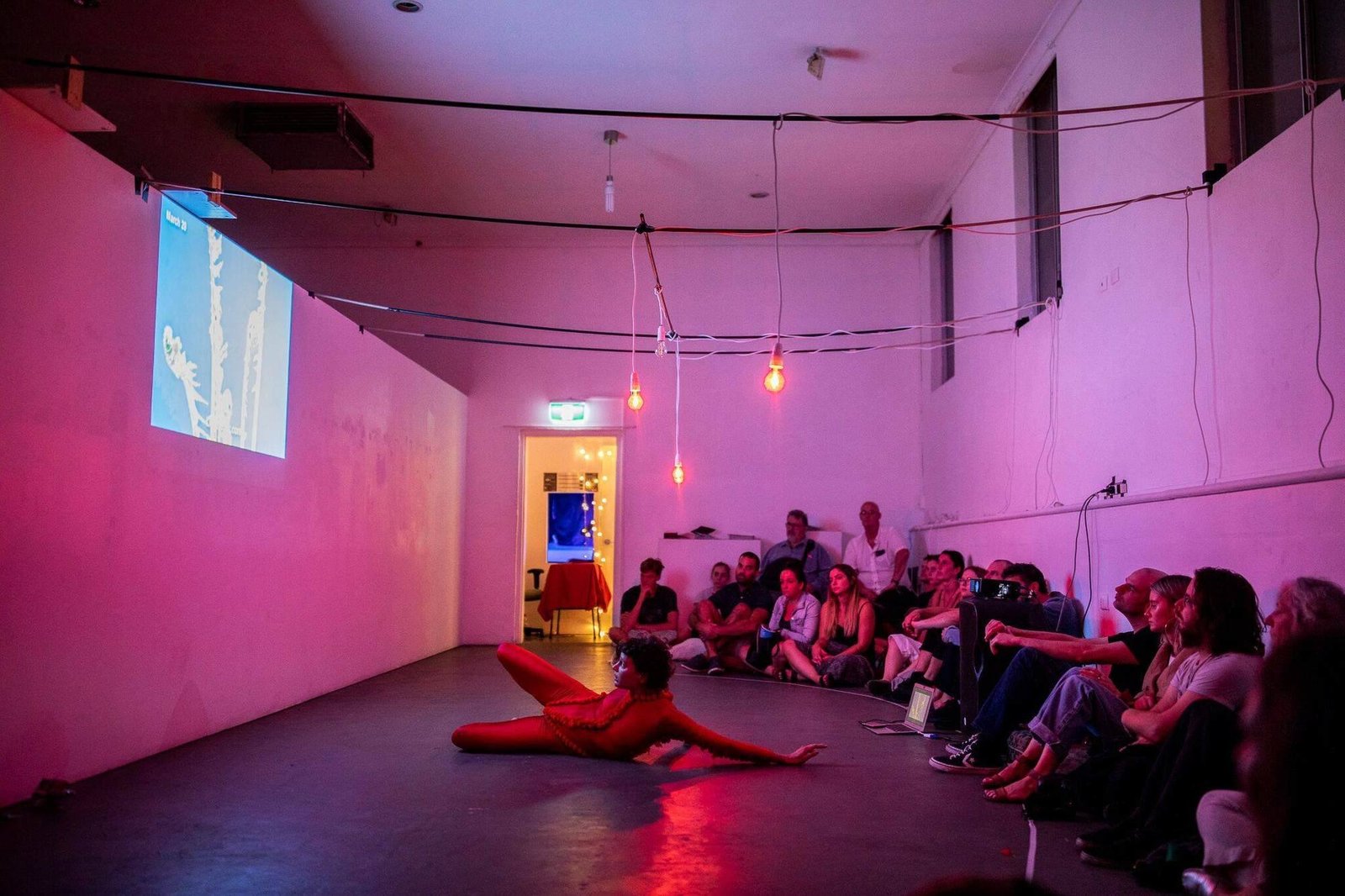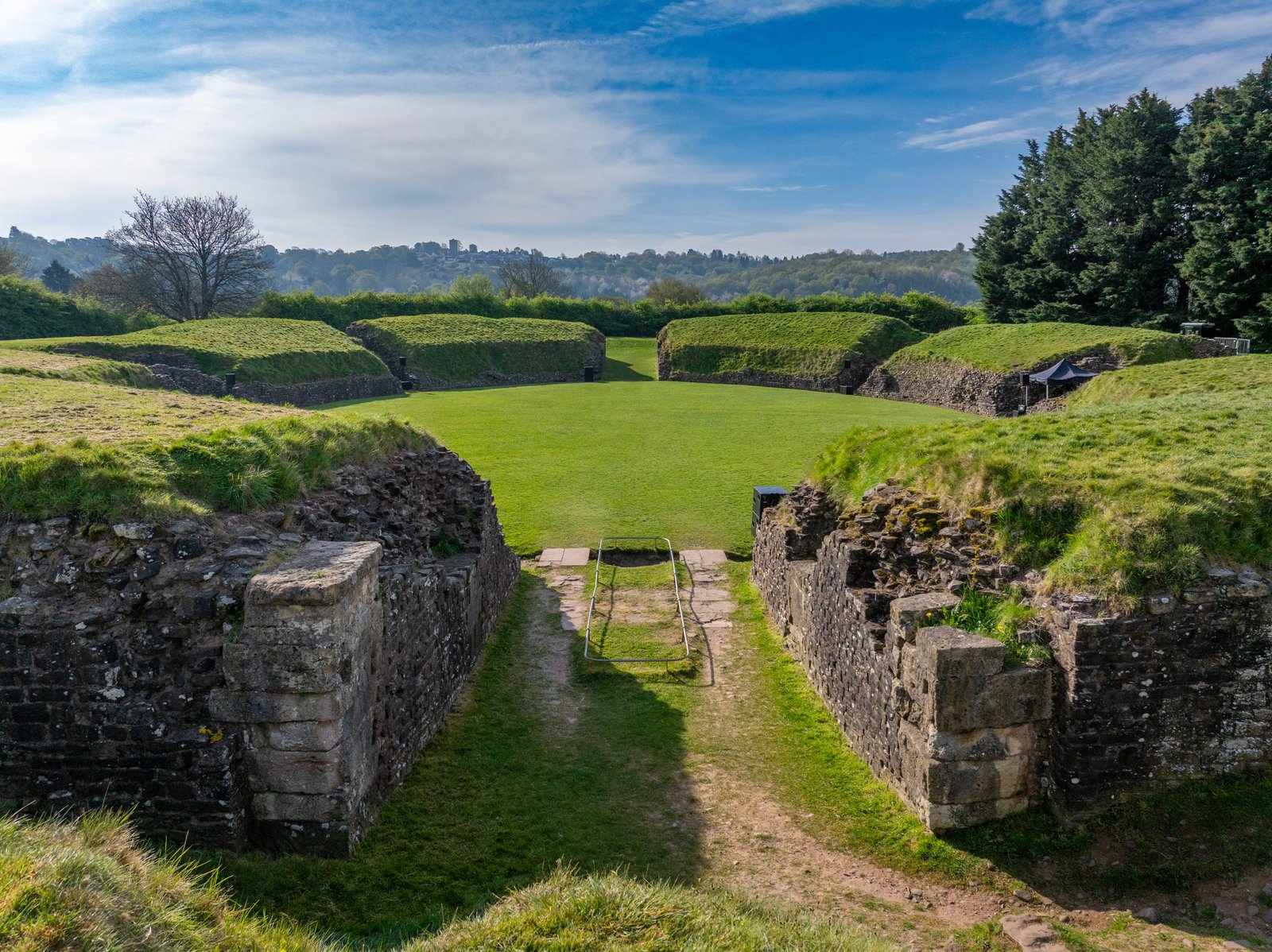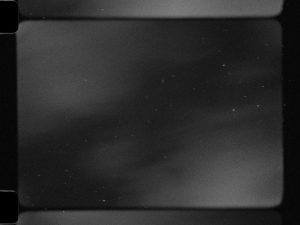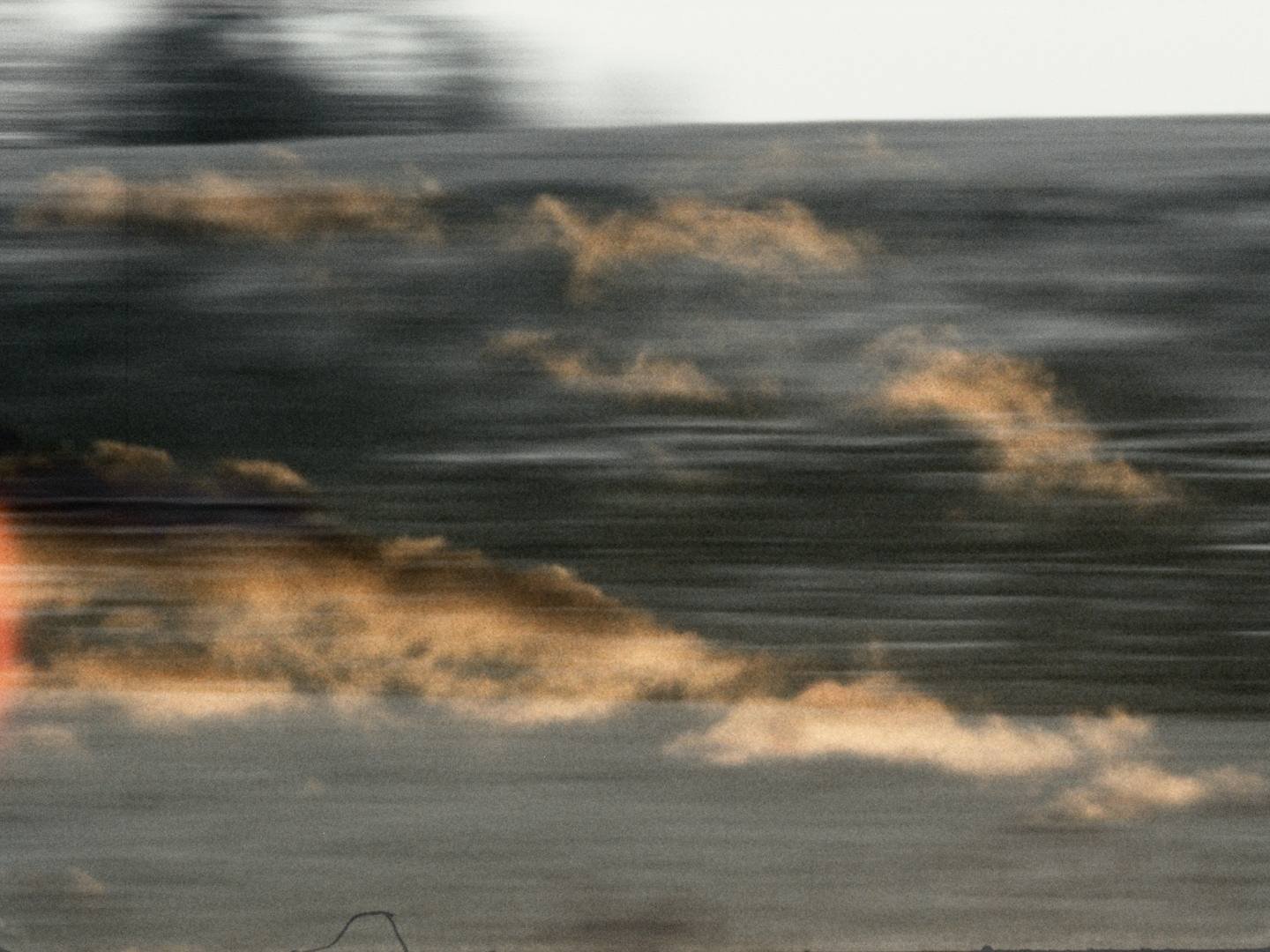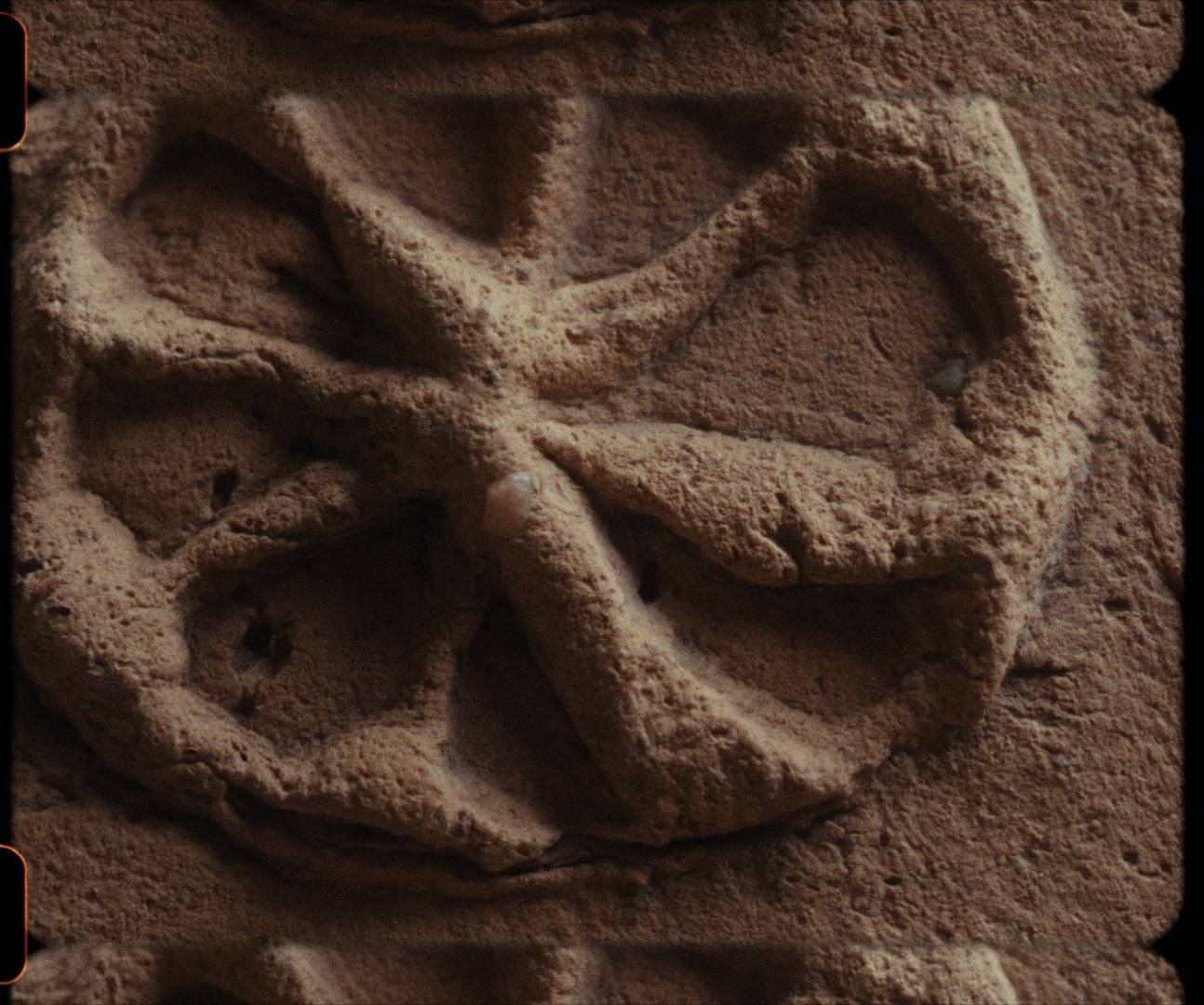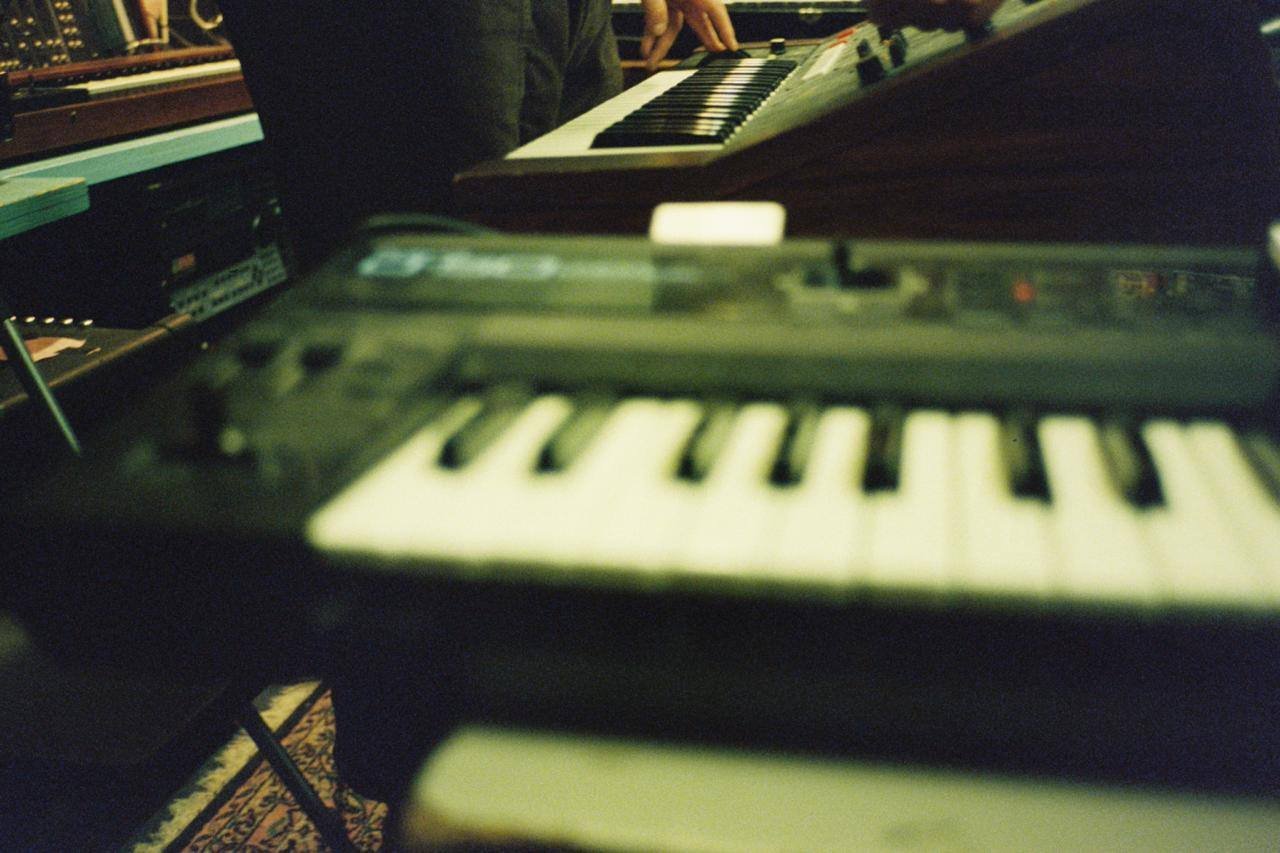There is a common notion that when we look forward, we are facing the future, and when we look behind, we confront the past. But what happens when we look up?
In the cosmos, intertwined possibilities of many mythologies exist side by side, and astrology, omens, and planetary alignments can equate to decisions of war, peace and politics aligned with celestial signs, reflecting a belief that earthly governance must mirror the cosmic order. The location of the Caerleon Amphitheatre is most likely made in alignment with the stars of Capricorn, the legion’s emblems, representing discipline, ambition and structure.
Shot on 16mm, we gathered with six cameras performing in slow-cinema, positioned facing the North, South, East and West entries, and at the centre of the cosmological vessel that is the Amphitheatre. Across two evenings, we found
ourselves connected to a continuum of time, a convergence of the ancient and
the infinite. In this space, archaeology becomes futurology, opening
perspectives that transcend conventional logics. How might our understanding of history shape the potential futures ahead?
In the unclouded celestial realm, mythologies intertwine, planetary alignments take on divination, oracles and prophecy, and ancient civilisations as well as society today are guided by these cosmogenesis systems of knowledge. Intertwining resistance, power and storytelling —forces that shape decisions of war, peace, politics, and hope. These systems of governance, rooted in the earthly, reflect and mirror the celestial order; relatively finite and infinite.
Roman legacies of Imperial structures take ‘perfect’ form through the imperfect; the Julian solar calendar, incapable of fully reconciling the orbit and rotation of Mother Earth, is structured as measurements of daily solar time in the post meridiem, ante meridiem (AM) and post meridiem (PM). Imperial debris of linear ‘certainty’ fosters Western complacency that can assert ‘order’, suffocate, obscure or dismiss alternative ways of knowing and being. Ancient temporal governances persist through the remnants of collapsed civilisations, leaving behind enduring strongholds that shape how we live in the moment and orient ourselves towards the future.
Engaging with imperial logics through the filmmaking process is an attempt to hold space and re-adapt relationships by gathering at a site of major Roman occupation—a cosmological vessel. By connecting with the continuum of time, and a convergence of the ancient and infinitive, the bodies of six Bolex cameras and 16mm film, perform slow-cinema; a sensory experience of time which seeks to dismantle the imperial colonial construct of linear time, opening space for a more fluid, cyclical understanding of history, one that embraces temporalities long suppressed or erased under imperial rule. With door-like rectangularity, structurally we face the entries north, south, east, west within our central celestial templum (templum caeli) within the ruins, reconnecting with archeology to become futurology by opening a portal that eclipses the Roman imperial logics.
Text: Dr Mark Lewis, Senior Curator, National Roman Legion Museum and Hannan Jones
Notes:
Templum’s meaning (from A Dictionary of Greek and Roman Antiquities (1890), TEMPLUM) is the space in the sky marked out as a portal with a lituus for augury and divine communication by a Roman priest. The physical temple (templum) on the ground is just an earthly marker of the templum (portal) in the heavens above it. Every Roman temple is therefore, still, a special place beneath patches of sky which were portals to the celestial. Incense was/is used because it wafts heavenwards representing the prayers of the faithful, etc.
In April 2025, the trilogy of films will be presented as part of an exhibition in the studio of the National Roman Legion Museum. This location is only yards from the gromae locus – the physical and ‘spiritual’ centre of the Caerleon fortress from which it was laid out using the groma (surveying instrument), immortalised under the centre of a massive four-way archway.
Director and Producer: Hannan Jones
16mm Cinematography: Ruby Allan, James Holcombe, Hannan Jones, Joanne Lee, Ross Little, Daisy Smith.
16mm B&W Hand Processing: James Holcombe
Sound Design: Hannan Jones
Recordings: SOMA Laboratory Ether V and ELF/VLF Electromagnetic and electrophonic field recording
Composition: Beat/s Kitchen (Hannan Jones and Shamica Ruddock)
Mix and Master: Ronan Fay at Green Door Studios
Best-light 16mm print: Colorlab, Maryland
With thanks to Dr Mark Lewis, Nigel Prince, Melissa Hinkin, Dee Iskrzynska, Katarzyna Lukasik, Reman Sadani, Dr Philippa Lovatt and the Special Collections and Archives at Cardiff University.
Commissioned for Perspective(s), in partnership with Artes Mundi, National Roman Legion Museum, Arts Council Wales and Amgueddfa Cymru.
